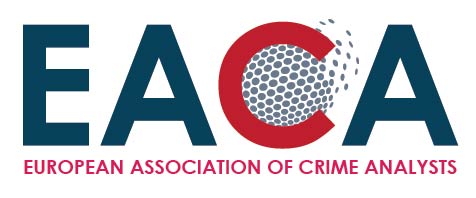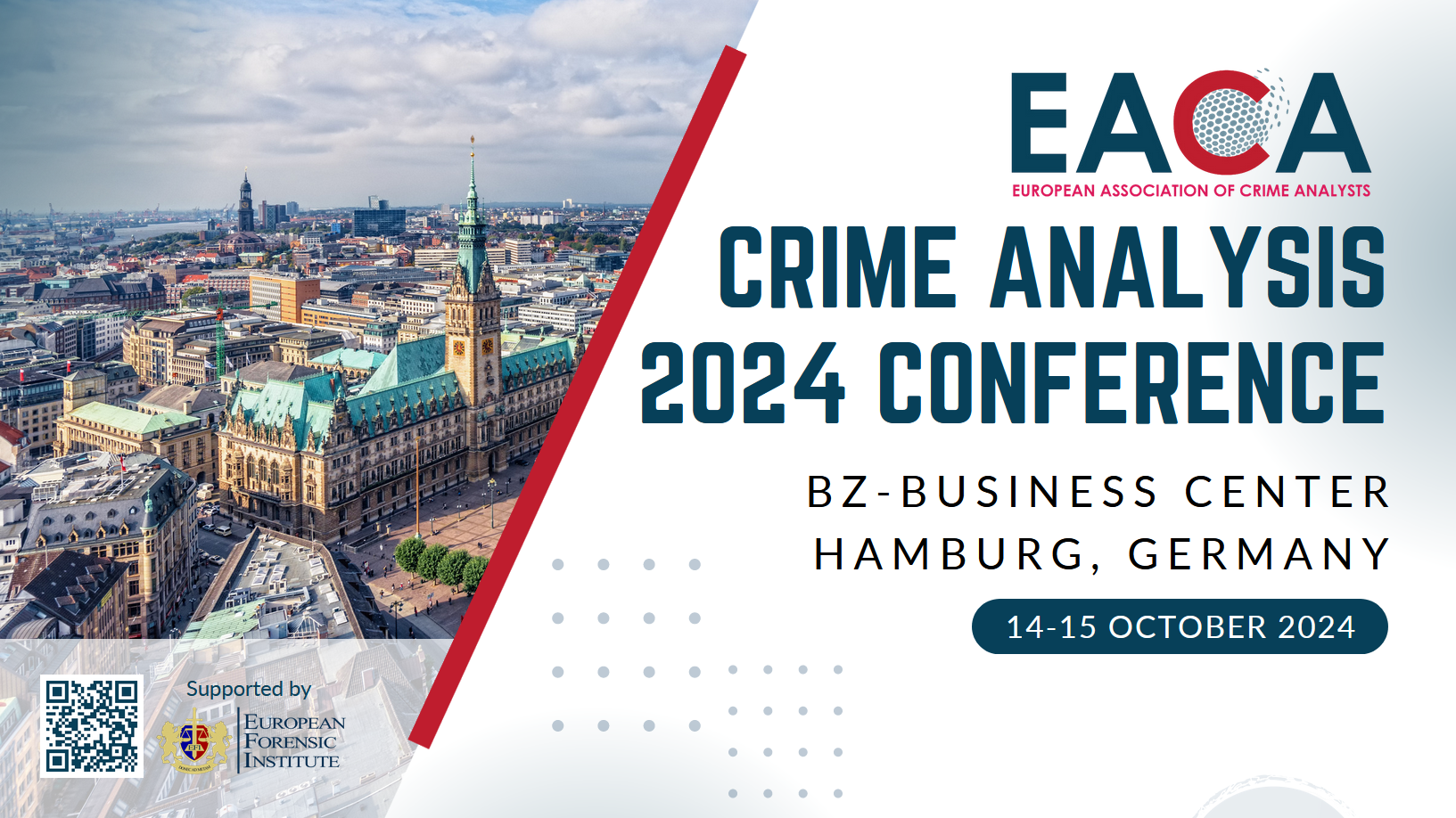EACA Conference 2024
The annual conference is scheduled for 14th - 15th October 2024 in the great Hanseatic City of Hamburg, Germany.
Click here for further information.
Event Information
| Event Date | 14.10.2024 |
| Event End Date | 15.10.2024 |
| Cut Off Date | 11.10.2024 1:55 pm |
| Capacity | 200 |
| Individual Price | 249,00€ |
| Location | Hamburg, Germany |

